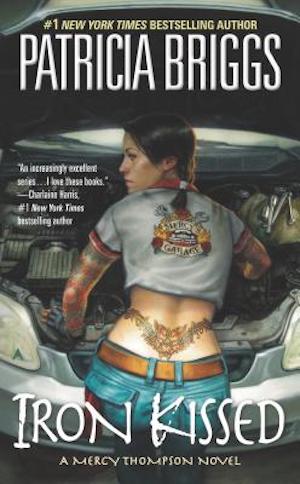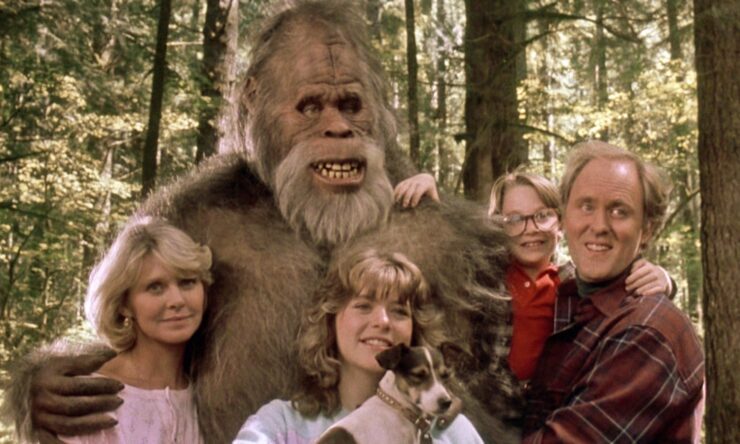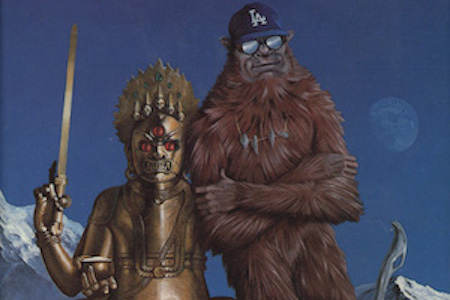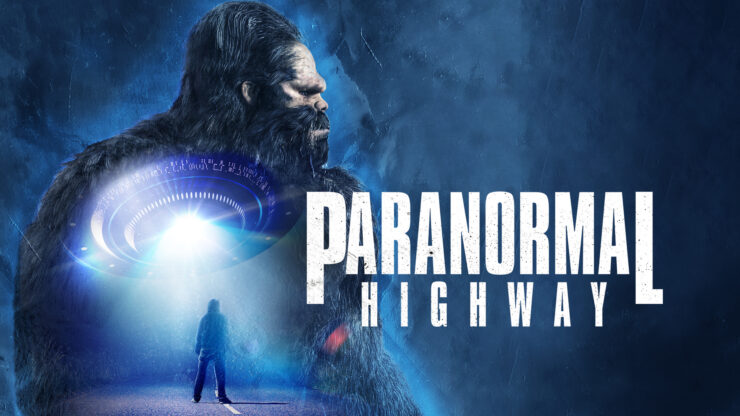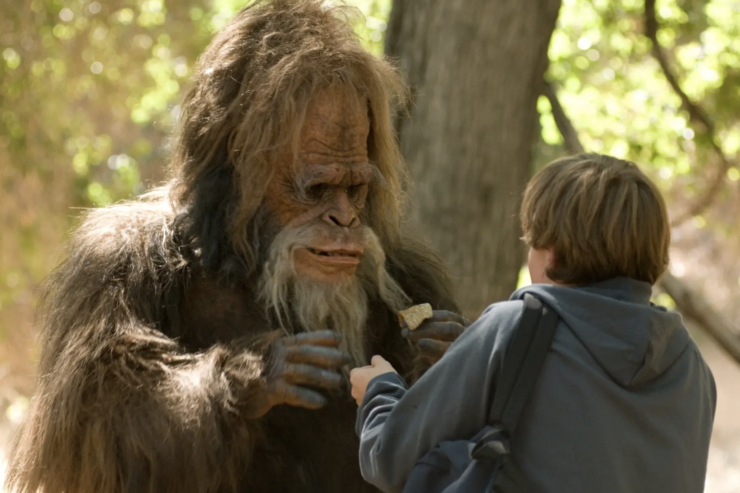I like coyotes. Not everyone does. Ranchers will shoot them on sight. Back East, where they’ve interbred with domestic dogs and occasionally wolves, they’re big and bad and you don’t want them on your horse property.
But here in my corner of the American Southwest, they’re still their old-fashioned selves. Smallish, fairly harmless to larger animals though your cat or your small dog won’t be safe from them. At night their singing echoes across the desert, a high lonely yip-yip-yip. Once in a while, one will strike up the other kind of call in the wash out back, a shrill operatic keening that makes every hair stand up. Then you know the trickster god has come to visit.
That’s the kind of coyote Patricia Briggs’ Mercy Thompson is. She lives in a more or less standard contemporary fantasy world—urban fantasy, supposedly, but it’s set in a part of the American West that’s as much desert and scrubland as it is a trio of cities. It’s a world of vampires and fae, and werewolves are the shifter of choice.
In Iron Kissed, the third of the series, Mercy is the only non-wolf human shifter, though there are a fair number of them among the fae; notably the Kelpie, who appears, among other things, as a black pony.
For various reasons I started the series with the third volume. It’s well set up; Mercy does a good job of filling in previous adventures, and the book stands on its own. I appreciate the fact that a love triangle that’s been simmering for two volumes gets resolved—or at least decided, with fuller resolution to come. All too often, long-running series romances move at the speed of soap opera. This is a little more brisk.
Briggs’ werewolves are almost never born, they’re made. As is usually the case, they spend a great deal of time and energy fighting to control the wolf. The more dominant they are, the harder they have to fight. It’s an ongoing battle: human reason versus savage predator.
Mercy is the result of a one-night stand between a teenager and a Native American rodeo rider. When the baby started turning into a coyote kit, her mother wisely decided to send her to the local werewolf pack. It wasn’t a perfect match, but Mercy was brought up as part of the pack.
Now, in adulthood, she’s an auto mechanic with her own shop, and she’s fiercely independent. Which is a very coyote thing to be. Coyotes, unlike wolves, are not pack animals. They tend to mate for the long term, and will run in family groups, but they often hunt alone or in pairs.
Mercy’s independence is a coyote trait. So is her dilemma as to which of two determined suitors she wants to spend her life with. They both want her for practical as well as emotional reasons: She’s a coyote from birth. Presumably she’s fertile, and also presumably, her offspring will be shifters as well. That makes her extremely valuable.
Buy the Book
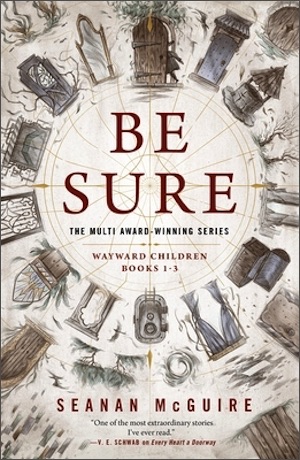

Be Sure
Mercy doesn’t have to fight the two sides of herself. It’s her nature to be both human and animal. She’s as much a coyote as a human, and she’s comfortable in both forms. She doesn’t lose intelligence when she’s a coyote, though she can’t speak, and her senses are coyote senses, with heightened smell and hearing.
She makes a distinction between a walker, which is what she is, and a skinwalker, who has to put on the skin of the animal in order to transform. She can shift at any time; there are no restrictions on when or how. And unlike a werewolf, she shifts easily. There’s no pain.
Her life is complicated because she keeps getting pulled into the various conflicts between and among the supernatural people of her world. Sometimes she’s hired and sometimes she’s drafted, and sometimes she takes action on her own. She’s stubborn and headstrong and fiercely loyal. If a friend needs her, she’s there—no matter how dangerous it may be.
Mercy is a great character. Her friends and enemies are well drawn; Briggs is good. She knows how to write a complex, many-sided character, inhuman as well as human. Her fae are truly not nice, but some of them are worth fighting for, at least as far as Mercy is concerned.
I came to this series for the coyote shifter, and I wasn’t disappointed. I’m there for the Welsh werewolves, too, and the beautiful bard. That’s a nice touch. I’m always up for some Celtic twilight, especially when it’s as self-aware as it is here.
For further cool points, I had just read the second Kate Daniels book when I started Iron Kissed. Magic Burns features many of the same Celtic Powers as Iron Kissed. It was fun to move from one to the other, and see what they had in common—including some intriguing variations on shapeshifters.
Judith Tarr is a lifelong horse person. She supports her habit by writing works of fantasy and science fiction as well as historical novels, many of which have been published as ebooks. She’s written a primer for writers who want to write about horses: Writing Horses: The Fine Art of Getting It Right. She lives near Tucson, Arizona with a herd of Lipizzans, a clowder of cats, and a blue-eyed dog.










